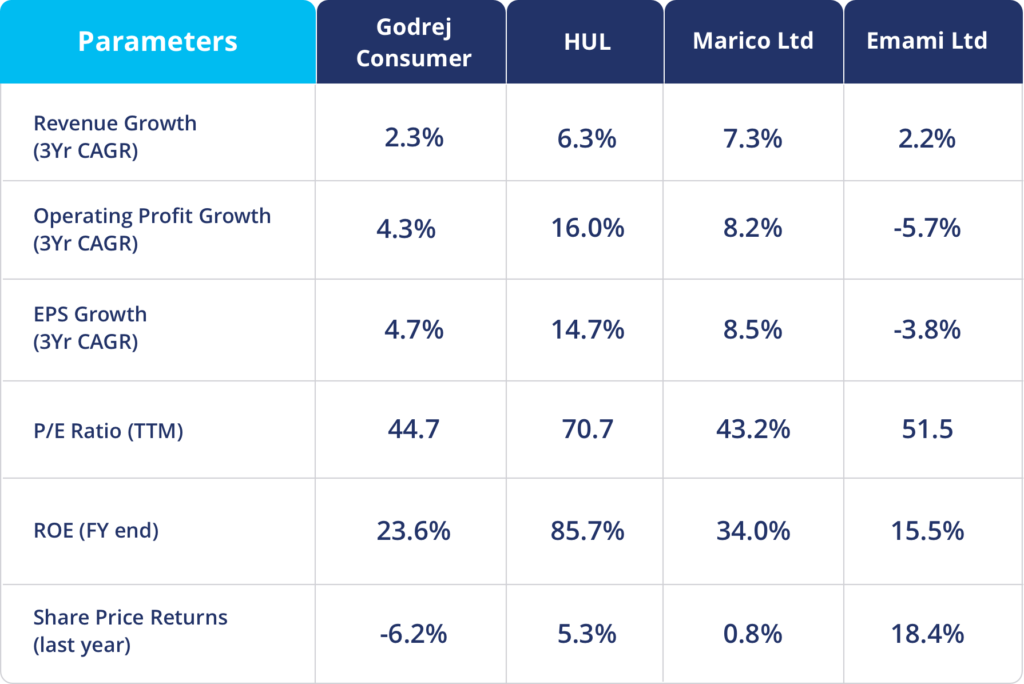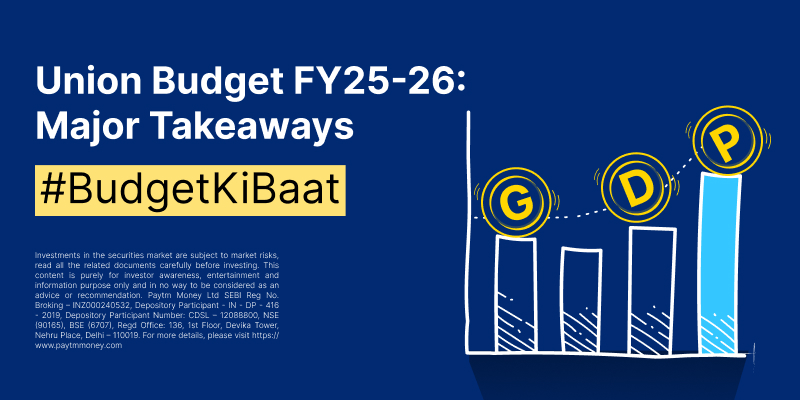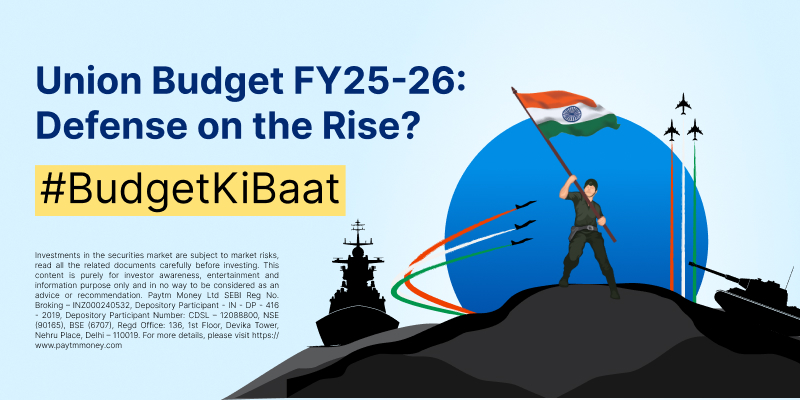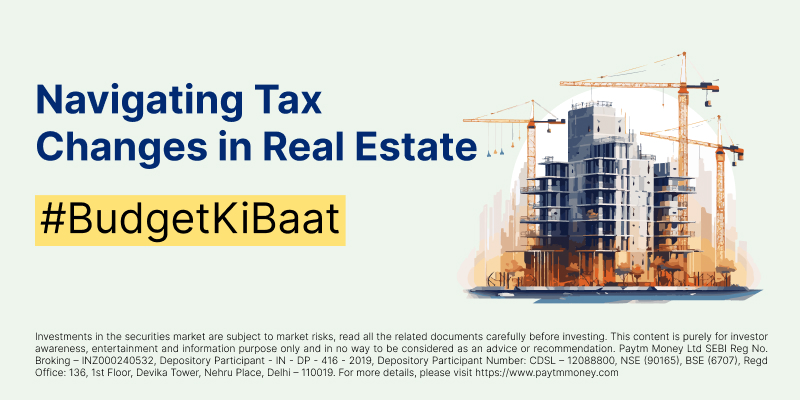Deciphering The Lipstick Effect6 min read
In the last few months, we have witnessed unusual situations of lockdown which is now termed as “the new normal”. This new normal has brought along various consumption trends i.e consumers were seen hoarding, buying selectively, and switching to cheaper options to manage within the reduced income.
But at the same time, a different kind of consumption pattern was also being followed. Despite the pandemic-imposed lockdown, the Nifty Consumption Index, a barometer of consumption-driven stocks on the National Stock Exchange (NSE), has rallied by 43.66% since the last 7 months.
Also, in the last 1 year, 20 out of 30 stocks have gained and delivered a positive return. Among these, the top gainers have been Tata Consumer Products, Jubilant Foodworks, Hero MotoCorp, Nestle, Britannia Industries, and Asian Paints, among others.
Analysts attribute these gains to the “Lipstick Effect”. In this, when individuals don’t have enough money to buy big-ticket luxury products and are cash-strapped, they resort to small indulgences like premium cosmetics and nice dinners to keep their attention away from their financial woes. For this reason, companies that tend to benefit from the lipstick effect exhibit resilience even during economic downturns.
Let’s get a deeper understanding of the terminology and which companies have benefited from this transition.
What does the Lipstick Effect say about the economy?
As a broad indicator, the lipstick effect may suggest a period of low consumer confidence especially when the sales of small luxuries such as cosmetics are on the rise during a market slump.
The effects of this phenomenon were observed during the Great Depression of the 1930s wherein researchers found out that when other industries were facing a slowdown, the cosmetic industry was one among the few that defied the negative impact of the depression.
Similarly, in 2001, Estee Lauder quoted that the company was able to sell more lipsticks post the recession inflicted by the dot.com bubble and the 9/11 attack. In September 2008, this lipstick effect got activated when the sub-prime mortgage problem blew out of proportion into a full-fledged banking crisis. For that year, L’Oreal, one of the largest global cosmetic giant, recorded a hike of 3.1% in like-for-like sales.
On the same lines, history saw itself getting repeated even during the Covid 19 pandemic by way of increased demand for eyeliners, mascaras, foundations, and nail enamels.
Rohan Vaziralli, General Manager at Estee Lauder, India, said “Consumers connect with the power of beauty products in an emotional way — in the way it lifts your mood, one’s sense of confidence, self-expression, and creativity.”
The lipstick effect was also witnessed in certain regions that faced prolonged periods of economic contraction. For instance, when certain parts of the U.K. economy like Liverpool were badly hit by Brexit, economists found that people spent money not only on lipsticks but also on certain wines and coffee at local bean roasteries.
How did the story unfold for the Indian markets?
In August 2020, one of the Boston Consulting Group (BCG) report pointed out that while there has been a rise in consumption of essentials, health products, and home entertainment, positive sentiment was also noticed around semi-essential items like personal care products, packaged foods and discretionary segment which includes apparel, cosmetics, automobiles, and consumer electronics. Additionally, recovery in demand was stronger among B30 cities and lower-income groups.
Last year, the box office collections rose 27% to Rs 5613 crore and have delivered a CAGR of 13.4% in the past 5 years which have witnessed a fall in the country’s economic growth. This kind of small indulgence amidst the economic slowdown was termed as lipstick effect by CARE Ratings in one of their reports.
In September 2020, Uma Talreja, Chief Marketing & Customer Officer, commented that at Shoppers Stop, as compared to the pre-Covid levels, eye makeup sales have increased by 33% and become the largest volume drivers in the category. Vivek Bali, CEO-Sephora India, reported similar trends recently wherein eyeliners and mascara had pushed up the sales of eye makeup.
Resonating similar observation, the spokesperson of Hindustan Unilever Ltd expressed that eye makeup and nail enamels are making quick recovery as compared to lipsticks. The reason being that as masks have gained prevalence, consumers want to experiment with eye makeup.
For the Q2 of 2020-21, the volume of Godrej Consumer’s branded business rose 5% and the key growth driver was the value-for-money segment that saw a growth of 22%. Lately, the company introduced a hair dye at Rs 40 for the value-conscious user. Additionally, the share of Cinthol soap priced at Rs 10 has grown to 36% from 33% which was before the pandemic.
The manufacturer of hair dyes and colours is relying on the lipstick effect to seek wider user acceptance for its recently launched affordable hair colour. It believes in the hypothesis that wearing lipstick underneath a facemask won’t hold much value. So, instead of spending on lip colour, women may switch to hair colouring to express themselves.
Nisaba Godrej, Chairperson & Managing Director – Godrej Consumer, told in an interview “Unlike global markets, India has always been a grey coverage market. We feel it [hair colours] will do very well especially now because people are now wearing masks, we almost feel that some of the lipstick market will shift to hair to express yourself. It is very early days; expressing yourself during this time will also be a tailwind.”
According to Aurodeep Nandi, Indian Economist- Nomura, since India is a young nation, the inclination to look presentable tends to be strong and the upcoming festive season is going to boost the overall demand for eye-makeup.
But were there any other demand patterns noticed?
The lockdown and the period afterward have been a mixed bag of varied demand patterns. Broadly, three kinds of demand were working simultaneously i.e. normal demand, pent-up demand, and inventory build-up.
There can be a case wherein pent-up demand was driving the growth in automobile stocks. It is true because, from April to May 2020, people did not spend much on vehicles on account of lockdown. But once the economy opened up and concerns towards sanitization and social distancing emerged, sales of automobiles started picking up. Also, personal mobility is an important factor these days.
Raamdeo Agrawal, Co-founder and Joint Managing Director – Motilal Oswal Financial Services argued that “One must also realize that India is an economy built on the consumption of ‘essentials’ and not ‘discretionary’ items. Once the demand is back fully, the market and economic recovery will be fantastic.”
Any cautions on using the Lipstick Effect?
The lipstick effect offers an interesting insight that even during a slump, trusted brands are the ones that are able to gain the share in a consumer’s wallet and end up being loved.
However, it wouldn’t be justified to view the entire sector with one perspective and the consumption pattern need not be the same for every category. On the whole, analysts expect that people may not undertake big-ticket investments and the lipstick effect may be visible in the case of smaller items.
Before investing in consumption-driven stocks, an investor may evaluate the company based on whether or not the demand will continue, stock valuation, and the strength of the company’s balance sheet.





